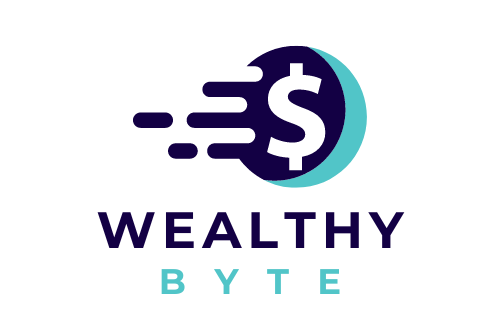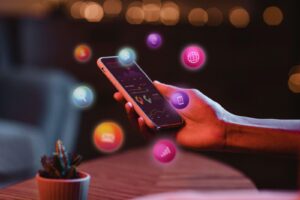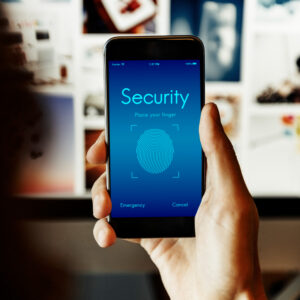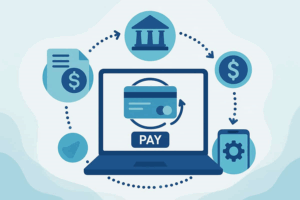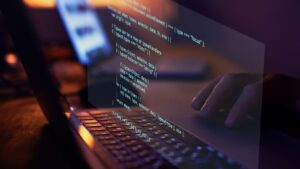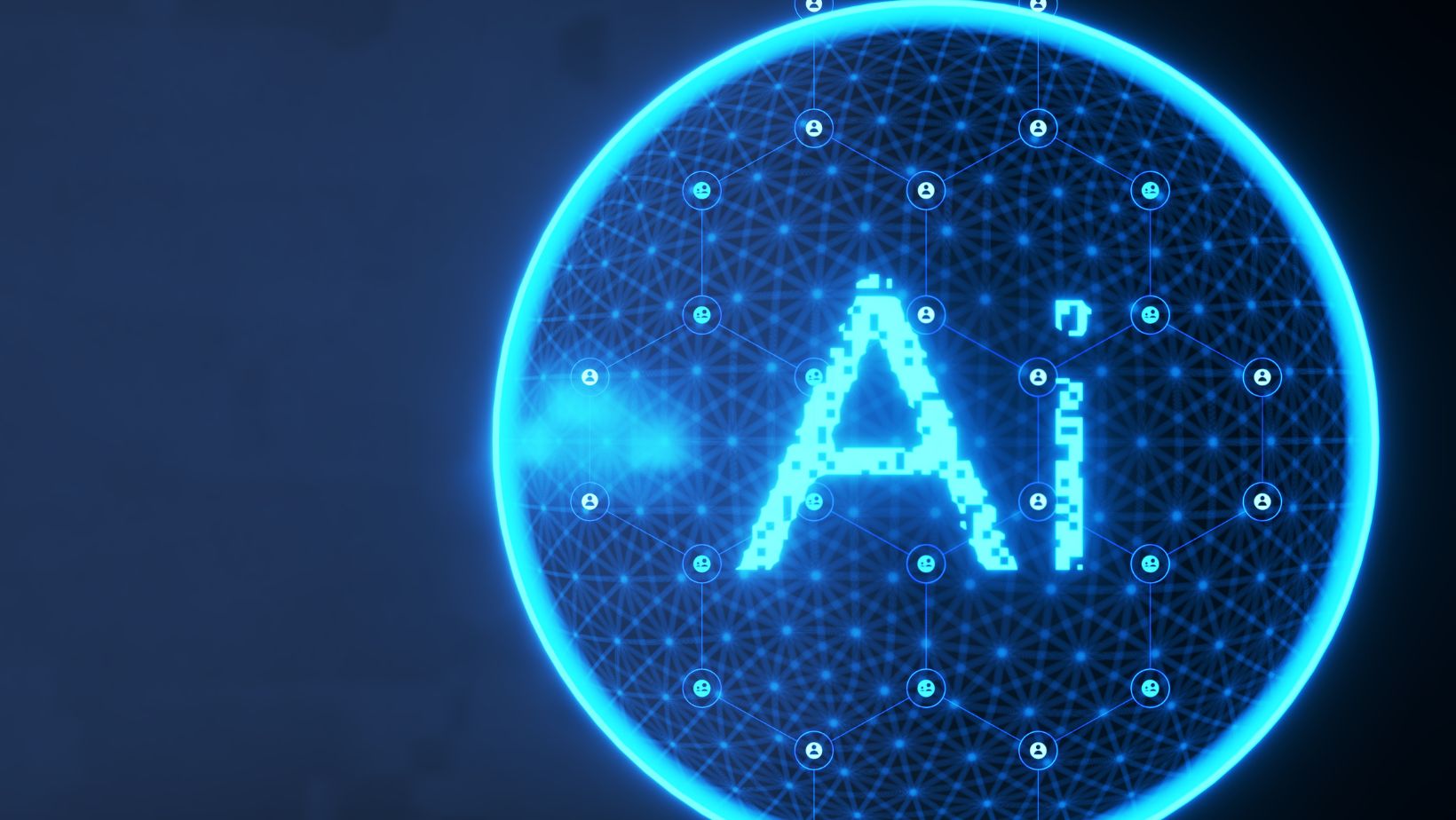
The world of artificial intelligence is often painted with a cold, sterile brush. It’s algorithms, data, and lines of code—fascinating but detached. But what if AI wasn’t just about streamlining workflows or automating tedious tasks? What if, instead, it could bring us closer to our own humanity? AI isn’t just reshaping industries; it’s nudging us to rethink how we connect, create, and experience the world around us.
The Art of Emotional Precision
AI might not have feelings (yet), but it’s becoming freakishly good at understanding ours. Emotional AI is powering tools that can read facial expressions, analyze voice tones, and even predict emotional states based on subtle behavioral cues. Yeah, that might sound a little Black Mirror, but consider how it’s already being used. Imagine virtual therapists that don’t just listen but actively respond to emotional shifts, helping people who might otherwise shy away from traditional therapy.
Then there’s creativity. AI-generated art, music, and writing aren’t just technical experiments—they’re pushing boundaries in how we express emotions. The kicker? They often evoke reactions we didn’t expect. AI isn’t here to steal our humanity; it’s amplifying it, showing us new ways to communicate what we feel.
Reinventing How We Create
One of the most unexpected shifts AI has brought about is in the world of content creation. Sure, everyone talks about chatbots and generative art tools, but it goes deeper. Think about what an AI avatar video generator is amazing because it lets creators do something revolutionary: embody characters that don’t physically exist. This isn’t just Hollywood magic. It’s indie filmmakers crafting entire universes from their laptops and musicians creating visual identities that feel alive.
The tech is also shattering barriers for people with disabilities, allowing for nuanced storytelling without needing to jump through hoops. It’s democratizing the creative process—leveling the playing field for anyone with a vision and a Wi-Fi connection. Creativity has always been a distinctly human trait, but AI is proving it’s also a collaborative one.
AI and Intimacy
Okay, stay with me on this. AI and intimacy might sound like the title of an awkward college paper, but it’s becoming an increasingly real dynamic. We’re not just talking about smart assistants reminding you to water your plants; AI is finding ways to build deeper, more authentic interactions.
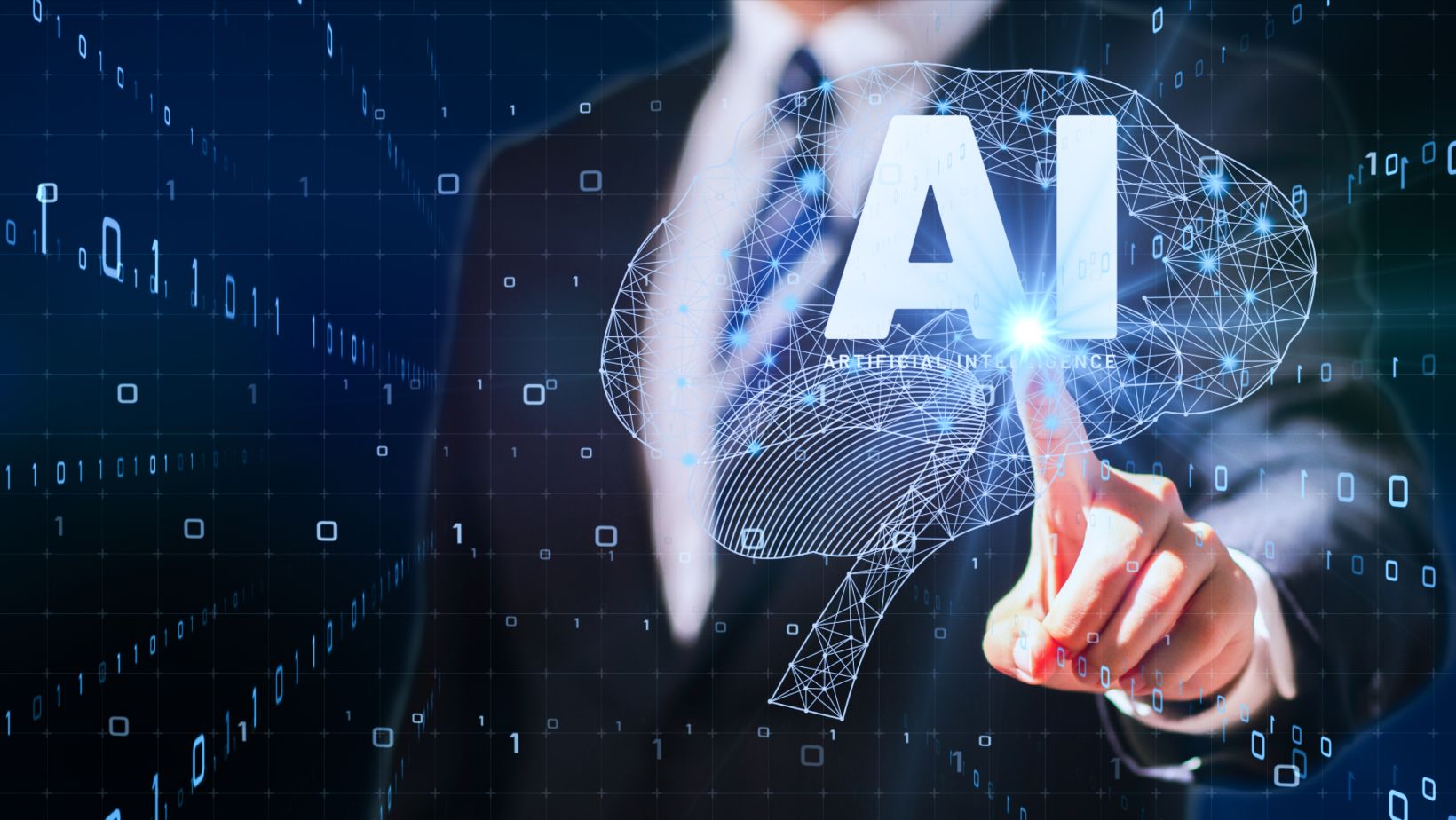
Take virtual companions. They’ve gone from quirky chatbots to fully realized personalities that people genuinely connect with. And no, it’s not just lonely tech bros in basements. It’s people seeking a judgment-free space to talk, vent, or simply laugh. AI isn’t replacing human connection; it’s complementing it, filling gaps in ways that feel surprisingly… human.
The Infinite Potential of AI Avatars
Let’s get real: there are countless AI avatar applications, and they’re changing everything. This isn’t just about creating cute digital doubles. It’s about unlocking a whole new way to exist in virtual spaces.
For example, remote work has exploded, but it can be draining. Instead of hopping on yet another video call in your sweats, imagine sending a polished, dynamic avatar to take your place. These aren’t flat caricatures but fully expressive representations, complete with micro-expressions and body language. You can stay present without actually being present.
And it’s not just professional. Gamers are using AI avatars to blur the line between player and character, creating experiences that feel deeply personal. Meanwhile, educators are embracing avatars to make virtual classrooms less sterile and more engaging. The applications are limitless, and the tech is only getting sharper, faster, and more lifelike.
The Unexpected Humanity in AI
What’s wild is that as AI gets smarter, it’s forcing us to confront some very human questions. Who are we when our creativity, emotions and even faces can be digitally replicated? Far from diminishing our uniqueness, it’s making us more introspective. We’re looking at ourselves through a lens of tech and asking: What makes us… us?
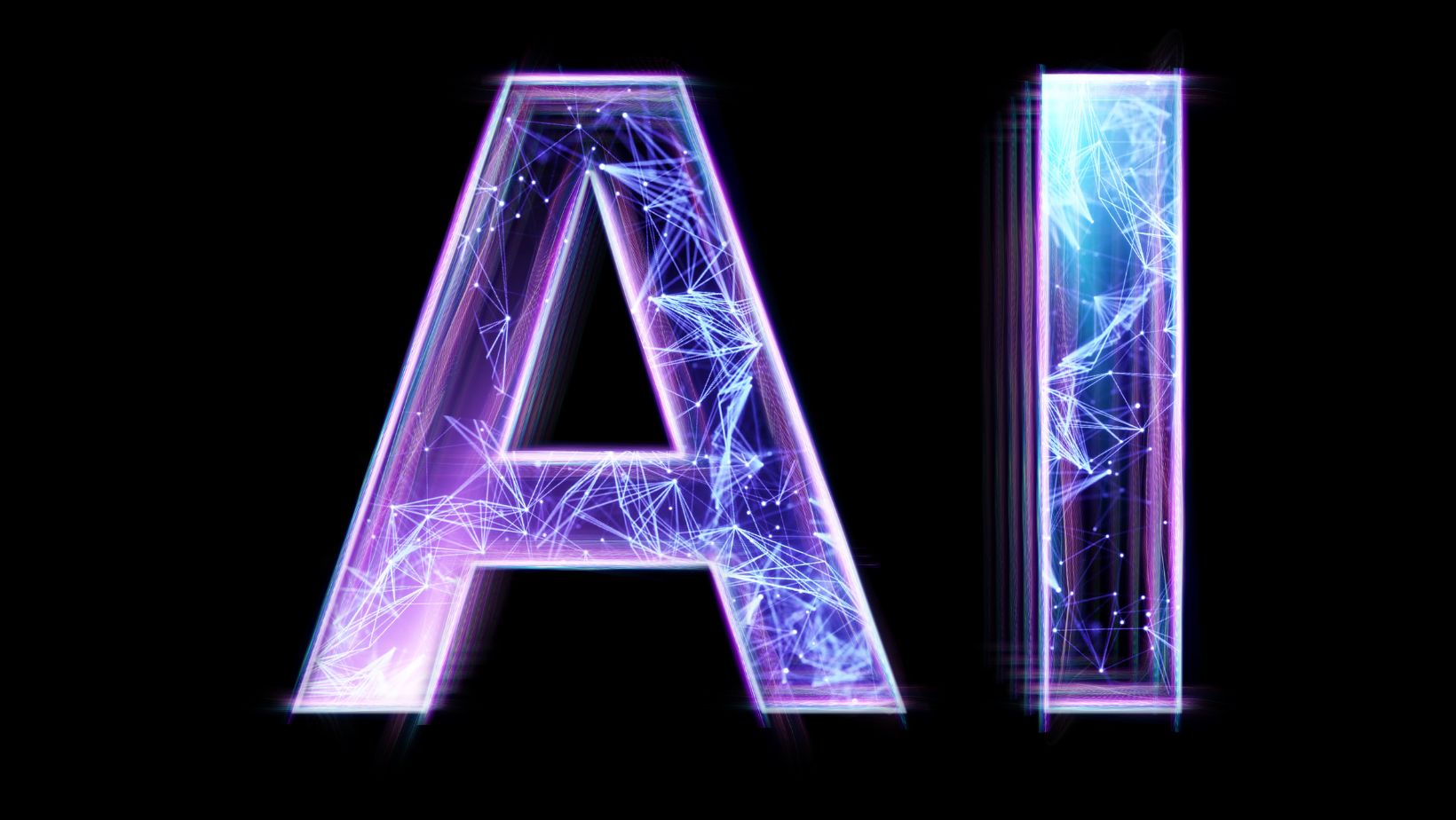
For some, it’s sparked a renaissance in self-expression. People are diving into hybrid creations, blending human and machine inputs to craft art, stories, and ideas that neither could produce alone. It’s no longer “us versus them.” It’s us with them.
AI Isn’t the Villain
AI isn’t the existential threat it’s often made out to be. Sure, there are ethical considerations and challenges to navigate—no one’s denying that. But instead of fearing the rise of the machines, maybe we should lean into what they’re teaching us. AI isn’t just a tool; it’s a mirror. It’s reflecting our hopes, fears, and boundless capacity for innovation.
So, yeah, AI is changing the game. But instead of stealing jobs or erasing creativity, it’s showing us how to be more human. The question isn’t whether AI will take over. It’s how we’ll choose to grow alongside it.
